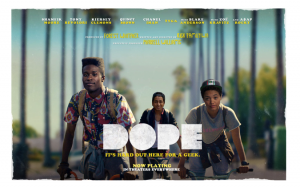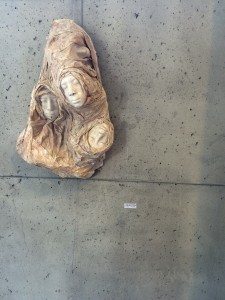At this week’s House Dinner, I stood in the buffet line- like normal. I picked up the bread, and then the vegetable options and salad, and then managed to squeeze in some pasta and chicken. Before this week’s Becker-Rose Café, I didn’t give the order of the buffet any attention. However, the gentlemen from Cornell University’s Food & Brand Lab revealed that this was an intentional environmental design.
Except for the bread, the most nutritious, lowest calorie foods were at the front of the line. Therefore, students- by nature- are going to fill up a majority of their plate with this healthful food. Imagine if the pasta and proteins were first in the buffet line. The plates around the dining room would look much different.
This is an example choice architecture. At Cornell’s Food & Brand lab, researchers focus on guiding people to pick healthier food options without taking away their option of less healthy foods. They strive to have consumers pick healthier foods by free choice.
As a student in the Hotel School, I found this intersection of behavioral economics and food intake extremely interesting! We subconsciously make over 200 choices regarding our diet every day, and the studies at the Food & Brand Lab study how to keep the power of choice in consumers’ hands while prodding them towards healthier options.



